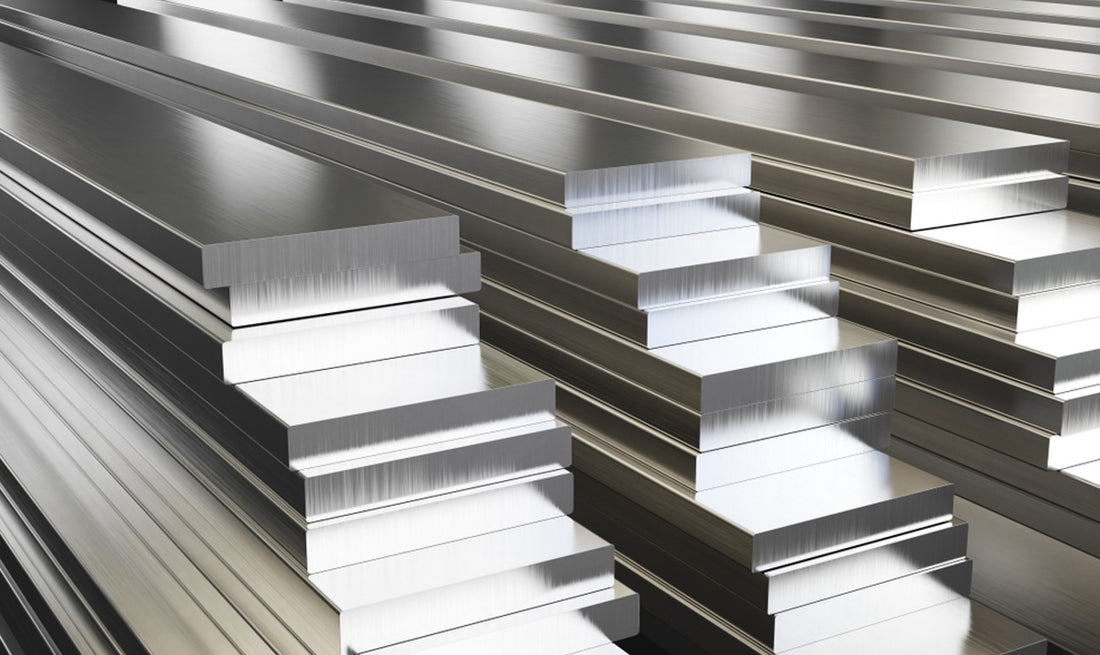Choosing the right cutting wheel for the specific metal material you’ll be working with is essential. Since aluminum is, by nature, a thinner and more lightweight metal than, say, stainless steel (about a third of the weight), you’ll want to find a cutting wheel that has the correct specifications to cut it.
These specs must also be conducive to an effective pre-weld and post-weld operation. By choosing the right cutting wheel for your aluminum projects, your shop will see a boost in productivity, quality, and safety.
Let’s play out a thought experiment. What would happen if you used the wrong cutting wheel for an aluminum project? Say you chose one that generated too much head and loading and used an RPM better suited to high-speed steel, for instance. That cutting wheel would sear right into the aluminum upon impact, ruin your project, present a safety hazard, and even explode.
That’s why you must select the proper cutting wheel for aluminum jobs and why this article is essential to read.

Types of Cut-off Wheels for Aluminum
Let’s explore the three different appropriate types of cut-off wheels for aluminum.
Bonded Abrasive Wheels
What are these, you may ask? Bonded abrasive wheels mix premium grains (of varying compositions) with bonding agents and filler. This combination gets compressed into a disc that is the basis for your bonded abrasive cutting wheel.
Bonded abrasive wheels can perform cuts in a variety of applications. These include foundry, heavy industry, thin wheels, track grinding, and precision vitrified settings.
Diamond Wheels
Diamond cut-off wheels are another kind of abrasive product that can cut through various thicknesses of metals, including tungsten carbide, glass, and aluminum. They work with low-RPM machines. They function the same for aluminum as other metals; other than that, you must adjust their settings for aluminum workpieces' thinness.
Abrasive Cut-off Wheels
These are quick and accurate cut-off wheels, but you must recognize that aluminum will load on abrasives as it has a low melting point. Adjust the abrasive cut-off wheel to the ideal settings for aluminum cutting.
Safety Tips When Using Cut-off Wheels for Aluminum
The general guidelines for using cutting wheels safely and effectively with all metals also apply to jobs with aluminum. They are:
- Wear the correct PPE.
- Check for cracks or damage in the wheel before using it.
- Position the wheel correctly.
- Only do cutting in a protected area.
- Run the wheel in a contained area for a minute before grinding.
- Maintain the cutting wheel at 90° to the workpiece without exception.
- Stop cutting if you hear abnormal sounds.
- Keep body parts and clothing clear of the cutting area.
- Maintain your cutting wheel tool in proper functional shape at all times – this is imperative.
- Comply with all government safety warnings and regulations.

FAQs
1. How do I know which cut-off wheels to use for aluminum?
Since aluminum is one of the thinnest metals you can cut, you’ll need to use a low-RPM machine with a cutting wheel that isn’t too abrasive but is still effective and precise at cutting through aluminum sheet metal.
2. Can I use the same cut-off wheel for other materials?
Absolutely, but you must clean and care for it properly between jobs.
3. What is the lifespan of a cut-off wheel?
The average lifespan of a cut-off wheel is three years from the date it was manufactured.
4. How do I maintain my cut-off wheel for maximum performance and lifespan?
That’s a good question, and it has a multifaceted answer. First, the cutting wheel needs to be stored in a proper environment. This environment should have relatively low humidity and should not come into contact with water and other chemical solvents. Make sure to use a dressing stone as well.
Where to Buy
Ecenrode Welds has got you covered for your welding needs, so visit our site today for the appropriate tools, products, and materials to get your job done right!

